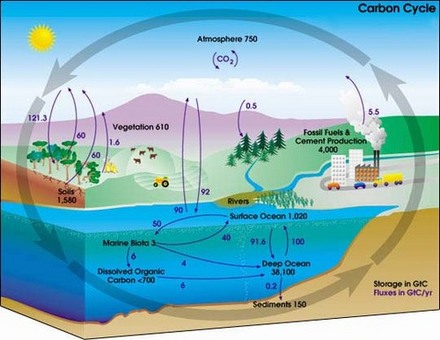The National
Science Foundation’s (NSF) Research in Disabilities Education (RDE)
program is currently supporting successful projects that assist
visually impaired and blind individuals with understanding and
accessing STEM materials. Students, professionals and scientists who
have visual impairments or blindness may have difficulty with
effectively understanding non-text science content, such as
science-focused images, charts, graphs, diagrams, illustrations,
equations and other graphics. With the support of the RDE program,
Geoff Freed and researchers with the WGBH Educational Foundation are
researching and documenting effective practices for providing
meaningful descriptions within Digital Talking Books (DTBs). In the
DTBs, full access to scientific diagrams is provided through audio
descriptions of the images. The work is undertaken by leading
organizations that have pioneered description for visually impaired
users and are currently shaping national policy and practices for
provision of accessible materials in electronic formats. Scientists
and professionals with visual impairments are also contributing
strategies for DTBs, such as individual preferences that they ask
assistants and readers to follow when describing images. These and
other effective techniques and accessible tools supported by RDE have
broadened the participation of individuals with disabilities in STEM.
In
another RDE project, Dr. Sethuraman Panchanathan and researchers from
the computer science & engineering department at Arizona State
University (ASU) have developed and tested innovative devices to
assist visually impaired students with accessing STEM and other
educational materials. One notable device created by the lab is the
iLearn-Reader. This reader is aimed at allowing students who are
blind to efficiently capture, store and read hardcopy educational
materials (including books and handouts) that are not available to
them in electronic form. The reader integrates a high-resolution
digital camera, a computer, and optical character recognition
software to convert hardcopy text into an electronic file that can be
read with a text-to-speech and/or a refreshable Braille display.
Impressively, the reader is also available in both tabletop and
portable versions for students. Student attitudes reflected favorably
on the reader, and a majority felt that the features were superior to
those associated with the traditional method of flatbed scanning.
Notably, the device proved to be successful among blind and visually
impaired students.
More Photos:

|
In
Digital Talking Books (DTBs), scientific visuals or diagrams, like
the one shown above, are accompanied with audio descriptions in
order to make non-text science content accessible and
understandable for visually impaired or blind individuals.
Credit: Geoff Freed, WGBH Educational Foundation
Permission Granted
|
